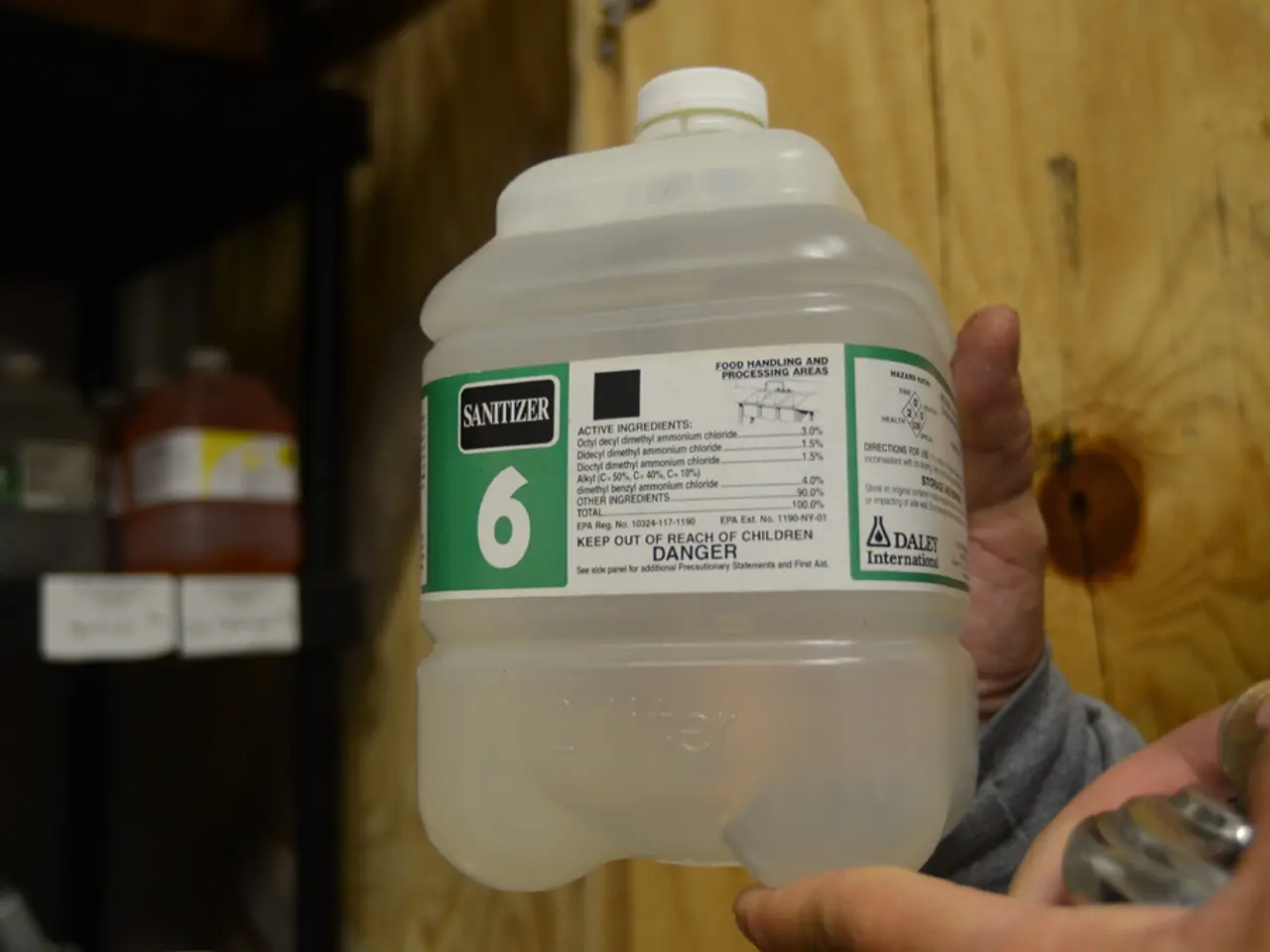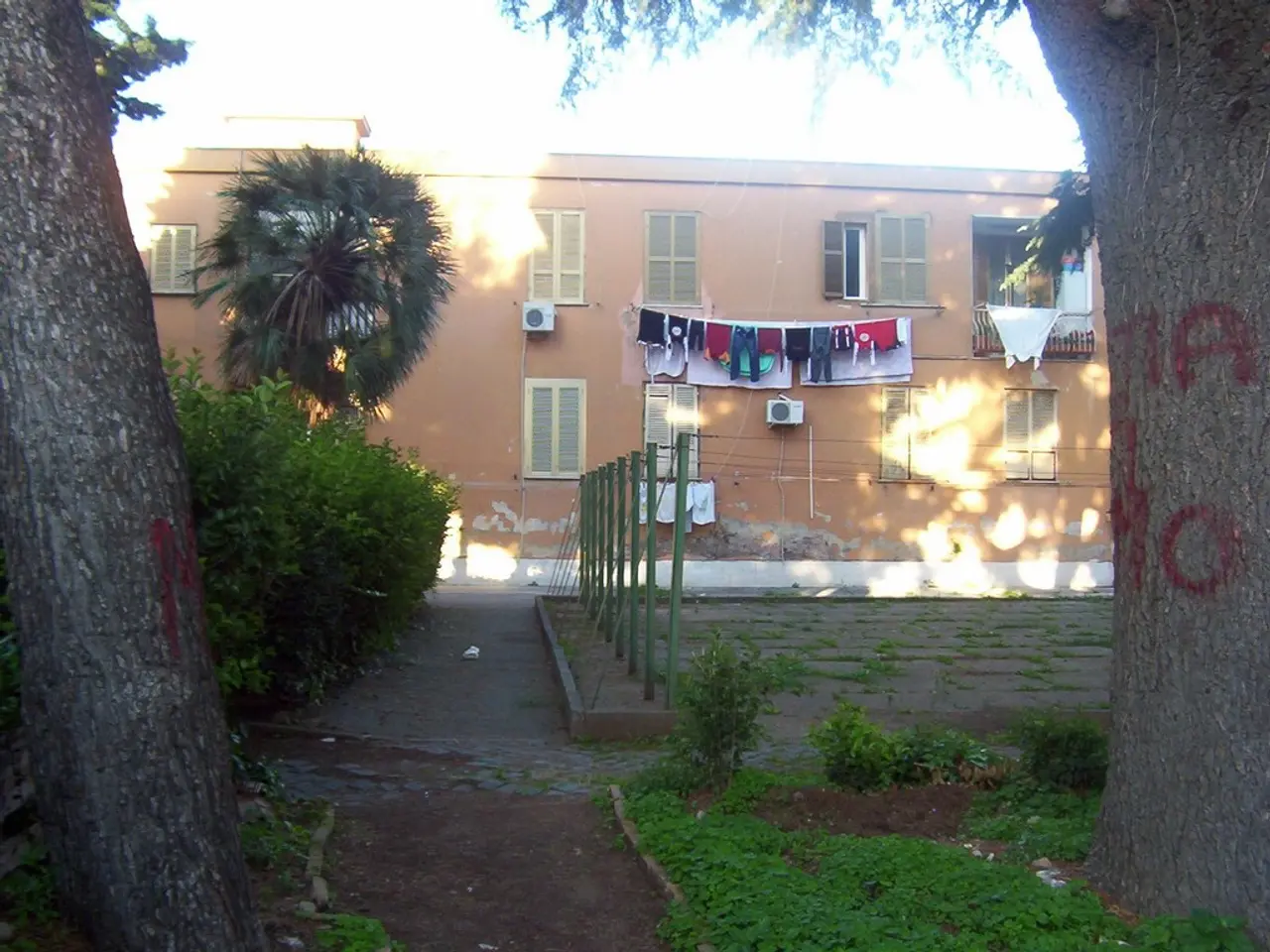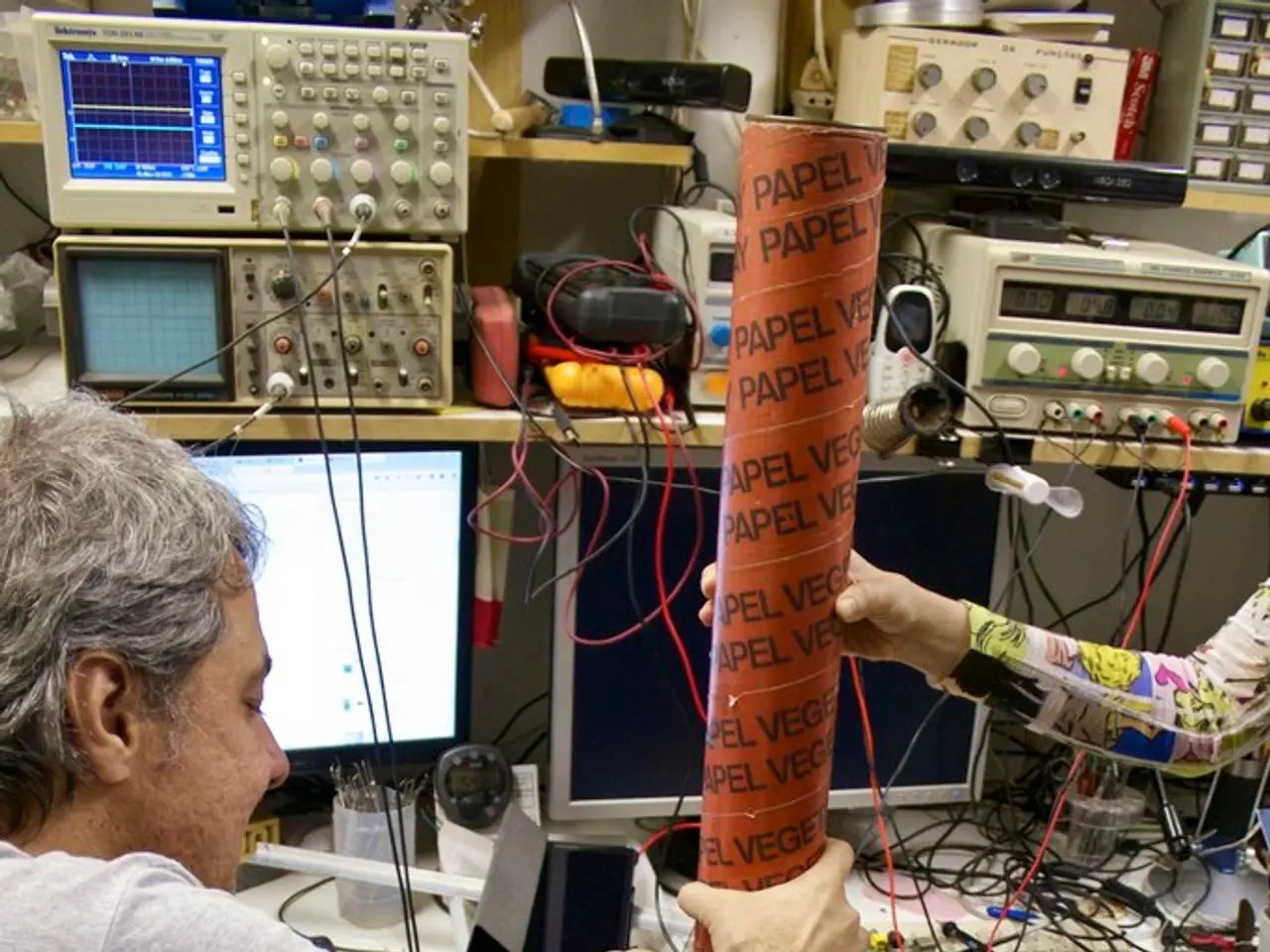EPA Modifies Disinfectant Guidelines According to Recent Findings by the CDC
The United States Environmental Protection Agency (EPA) remains vigilant in enforcing strict regulations on antimicrobial products, including surface disinfectants effective against SARS-CoV-2. Here's an update on the current status:
The EPA is actively enforcing compliance with the Federal Insecticide, Fungicide, and Rodenticide Act (FIFRA) for antimicrobial products. This means that manufacturers and distributors must ensure that products making antimicrobial claims are registered and comply with labeling and reporting requirements. Violations can result in penalties such as Stop Sale, Use, and Removal Orders (SSUROs) and civil or criminal penalties.
The EPA maintains a List N, which includes disinfectants proven effective against SARS-CoV-2. These products have undergone rigorous testing and are recognized for their effectiveness against the virus. Many products, including those from companies like Seventh Generation and Theochem, are certified on EPA List N and are considered safe and effective for use in various settings.
Historically, the EPA expedited reviews for disinfectants during the COVID-19 pandemic to quickly bring products to market that were effective against SARS-CoV-2. While specific details on the current expedited review process for surface disinfectants are not readily available, the EPA continues to prioritize the registration and compliance of antimicrobial products under FIFRA.
The Centers for Disease Control and Prevention (CDC) considers the risk of being infected with COVID-19 by touching contaminated surfaces to be low. However, best practices for cleaning and disinfection are important to understand. Disinfectants continue to serve as one of many important tools in the fight against COVID-19 where needed.
The EPA will continue to review registration requests for new surface disinfectants for SARS-CoV-2 via the standard registrations process under FIFRA and will continue to update List N. The agency will no longer expedite new product registrations, emerging viral pathogen claims, SARS-CoV-2 claims, and electrostatic spraying directions for products intended to kill SARS-CoV-2 on surfaces.
The EPA has added over 500 surface disinfectant products to its List N for use against SARS-CoV-2. The agency has also released new and updated scientific protocols during the pandemic. The EPA will continue to evaluate novel products, such as those that kill airborne SARS-CoV-2.
The EPA's efforts aim to minimize disinfectants supply chain disruptions through regulatory flexibilities. The risk of surface transmission of SARS-CoV-2 is a topic of discussion, but the EPA's focus remains on ensuring that antimicrobial products are safe, effective, and compliant with regulations.
- Ensuring the safety and effectiveness of disinfectants that target airborne pathogens, such as SARS-CoV-2, falls under the EPA's ongoing scientific evaluations.
- The finance sector, as well as the health and wellness industry, should stay informed about regulatory changes related to the registration and labeling requirements for antimicrobial products under FIFRA.
- In light of the EPA's emphasis on combating the SARS-CoV-2 virus, concern over potential pesticide residue and its impact on medical conditions must be considered as new disinfectant products enter the market.




